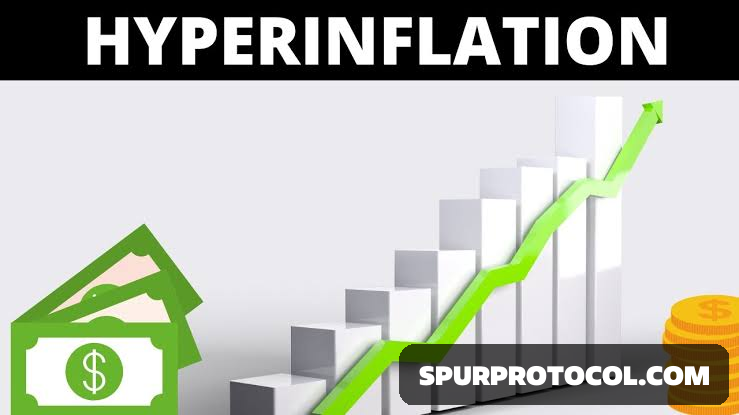What Is Hyperinflation?
Hyperinflation goes beyond inflation in a nutshell, it's incredibly rapid inflation.
Go Back

🕒 7:22 PM
📅 Jun 11, 2025
✍️ By Ecojames
What Is Hyperinflation
Hyperinflation is a term that describes and measures rapid, excessive, and out-of-control general price increases that result in extreme inflation.
Key features and consequences of hyperinflation
1. Rapid price increases
- Hyperinflation leads to a spiraling cycle of price increases. Prices can rise several times a day, making it difficult for individuals and businesses to engage in normal economic transactions.
2. Loss of confidence in the currency
- As hyperinflation intensifies, people lose faith in the value of the domestic currency. They may resort to alternative means of exchange, such as foreign currencies or bartering, to secure goods and services.
3. Collapse of the monetary system
- Hyperinflation can lead to a breakdown of the domestic monetary system. The central bank may struggle to effectively manage the money supply, and the currency may become practically worthless.
4. Negative impact on the economy
- Hyperinflation wreaks havoc on an economy. It disrupts economic activity, discourages investment, erodes savings, and causes widespread economic hardship. Businesses may struggle to operate, unemployment may rise, and poverty levels may increase.
5. Social and political instability
- Hyperinflation often generates social and political unrest. People's standard of living deteriorates rapidly, leading to public dissatisfaction, protests, and even political upheaval.
Factors that contribute to the emergence of hyperinflation
a) Excessive money creation
- When a government or central bank prints money excessively to finance large budget deficits, it can fuel hyperinflation.
- This is often the result of fiscal mismanagement, unsustainable public spending, or monetization of government debt.
b) Loss of confidence
- Hyperinflation can be triggered or exacerbated by a loss of confidence in the currency and the economy.
- This can result from political instability, economic crises, wars, or other significant events that undermine trust in the government and monetary authorities.
c) Supply disruptions
- Disruptions in the supply chain or significant shocks, such as natural disasters or wars, can lead to shortages of goods and services, causing prices to soar.
d) Currency depreciation
- A sharp depreciation of the domestic currency in foreign exchange markets can drive up import prices, contributing to inflationary pressures.

